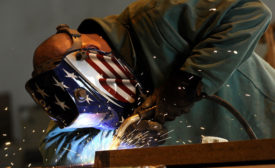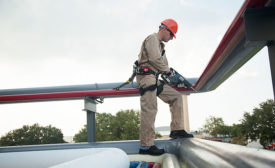Safety & Health Best Practices
Stay current with PPE safety standards
What you need to know about ASTM F2413, NFPA 2112, NFPA 70E and EU standards
December 4, 2019
10 safety mistakes that can cost you a legal case
Really doing due diligence
December 4, 2019
FR
Mining electrocutions trigger MSHA alert
The Mine Safety and Health Administration issues electrical safety best practices
December 3, 2019
Closing Time
5 strategies & tactics to minimize errors
Human performance planning
December 3, 2019
How to help new employees stay safer
Proper training is important for all workers, especially those who are new to your company and its unique safety standards
December 3, 2019
Never miss the latest news and trends driving the safety industry
eNewsletter | Website | eMagazine
JOIN TODAYCopyright ©2024. All Rights Reserved BNP Media.
Design, CMS, Hosting & Web Development :: ePublishing











